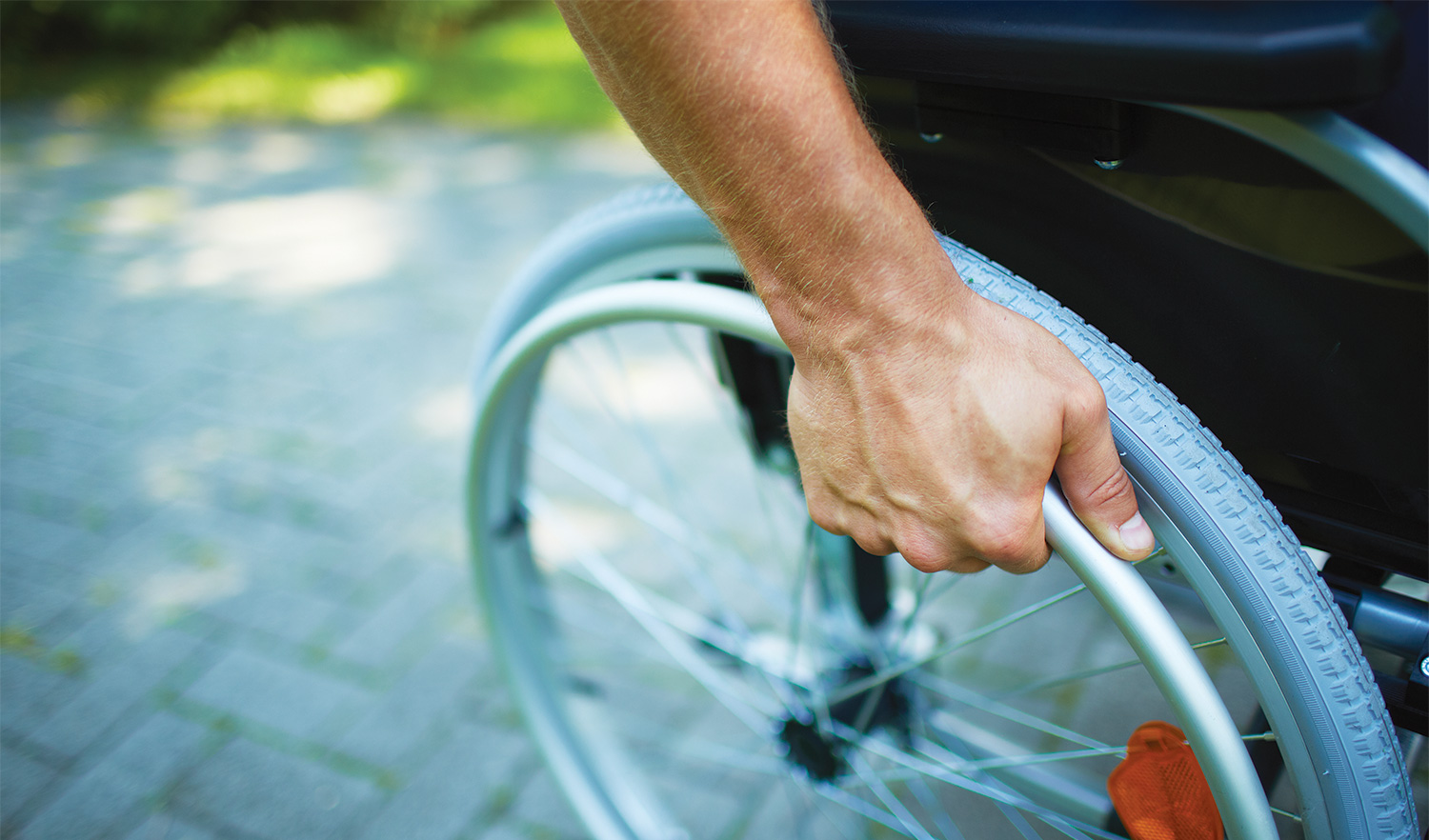With the cold months almost behind us, it is time for people to take advantage of the warm weather outside. May is just around the corner, and with it comes Motorcycle Safety Awareness Month.
Most motorcycle accidents occur in the spring and summer months when the weather is better for driving. Last year the OPP said there was a 60% increase in fatalities while travelling where a motorcycle was involved. If you have been in an accident expert personal injury lawyers at Dye and Russell can aid in informing you of your legal rights, how damages are measured, and the best course of action moving forward.
As new motorcyclists join the road it is important to be knowledgeable of road safety and the possible injuries that can happen while on a motorcycle. Here are some tips for driving on the road as safely as possible.
Common Motorcyclists Injuries and How to Avoid Them:
Head Injury
This can be the most dangerous while riding a motorcycle, it is imperative to wear a well secured helmet to prevent brain injuries and lower the risk of head trauma or disabilities as the result of an accident.
After an injury it is important to reach out to emergency services as well as qualified lawyers to help you ensure you receive the compensation you deserve while pursuing legal action.
Muscle, Bone, Skin, and Nerve Damage
Motor vehicle accidents are one of the leading causes of spinal cord injuries. Without a seatbelt there is nothing to help motorcyclists to brace themselves from impact during an accident. Wearing the right safety gear such as thicker pants and jackets, safety pads, and gloves can aid in preventing road rash, muscle injuries, and nerve damage to the body upon impact.
Since motorcycle accidents are common it is important that you seek the right representation when making your case and claiming your earned compensation. The lawyers at Dye and Russell are highly qualified to help you through this process.
Mental Trauma
Being in an accident is a scary experience and can often cause anyone involved to experience shock immediately or after the accident. Mental stress is difficult and overwhelming, but it is important to try and take the right steps after an accident.
Knowing these safety rules of the road and how to properly operate a motorcycle can lower the risk of traumatic accidents. After an accident has occurred reaching out to a personal injury lawyer like the ones at Dye and Russell can help quickly answer any questions you have.
Safety Tips for Drivers and Motorcyclists:
Check the Weather
The roads can still have rough conditions in the warmer summer months due to heavy rain, dust and debris, and high winds which can be difficult to handle while operating a vehicle. Here are some of our helpful tips on how to drive safely during the rainy months. Checking the weather before traveling will allow proper preparations for what to do in climate change.
If you’ve been in an accident, you can reach out to Dye and Russell for a free claim evaluation and answers to any legal questions you may have.
Check for Blind Spots
Motorcycles are smaller than cars and thus harder to see while driving. When trying to change lanes or make turns on the road, thoroughly check your vehicle’s blind spots to lower the risk of collision.
Even if you are partially at fault for the accident, you may still be eligible to claim some compensation and accident benefits. At Dye and Russell guiding clients down the road to recovery is the main goal. Reach out for answers to any questions regarding your case.
Slow Down and Leave Room
Speeding is often one of the main causes of fatalities involving motorcycles. Due to the size and speed of motorcycles they are more sensitive to any changes in the road, so slowing down will allow for more time to react and lower the force of impact of a collision. A common occurrence with motorcycle accidents is rear ending. Making sure to give adequate space between you and any vehicle will make driving safer.
Being the victim in a hit and run can happen, so it is important to immediately contact a personal injury lawyer to get the compensation you deserve.
Remaining knowledgeable of the risks of riding and sharing the road with motorcycles is important for more than only the month of May. Knowing how to drive safely and sharing these tips is a great way to have a safer summer while spreading information for Motorcycle Safety Awareness Month.
Have any questions? Reach out to Dye and Russell today.
For more information on Ontario motorcycle laws and safety tips, visit the Ontario Ministry of Transportation website. If you or a motorcyclist you know of has been involved in an accident, have them contact us at our Ajax (905-427-2000) or Barrie offices (705-726-2146) for their free consultation. Your road to recovery is important to us.







